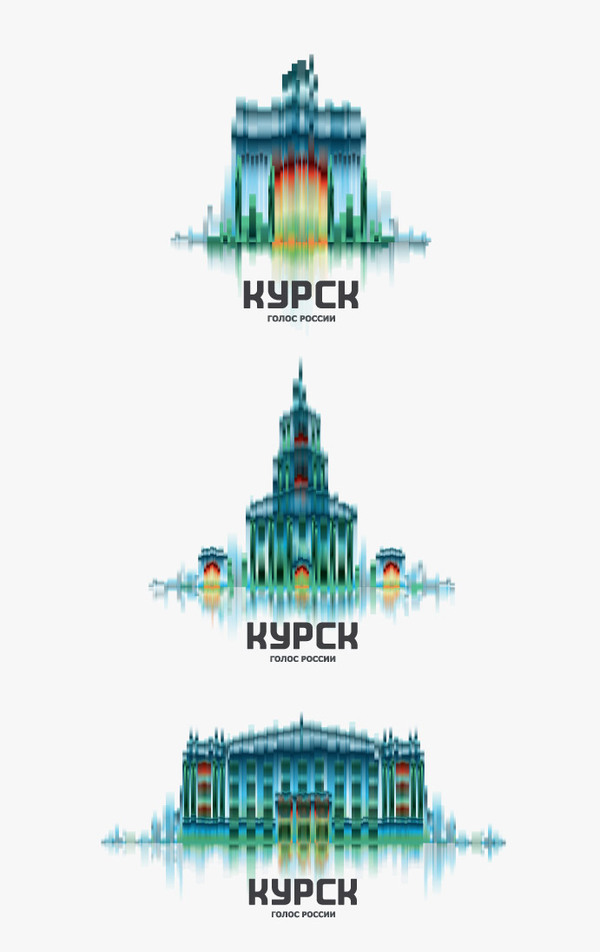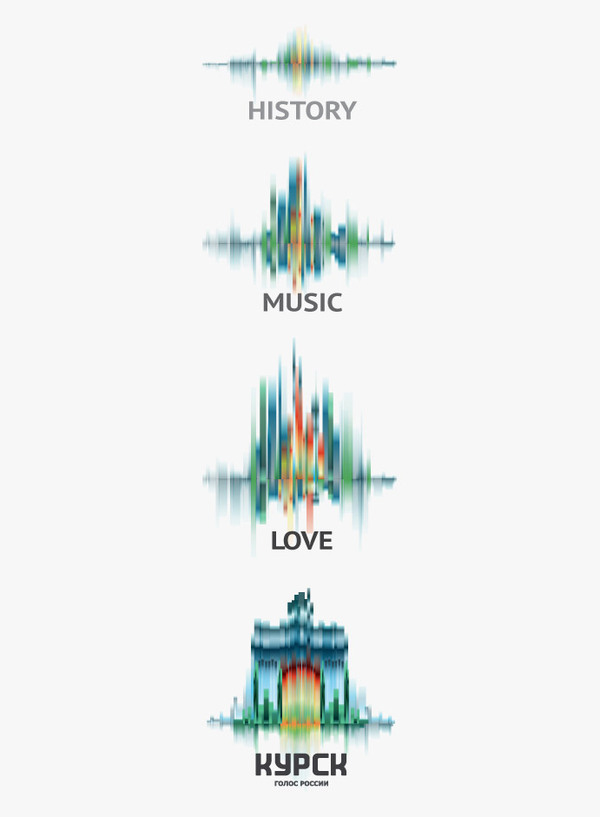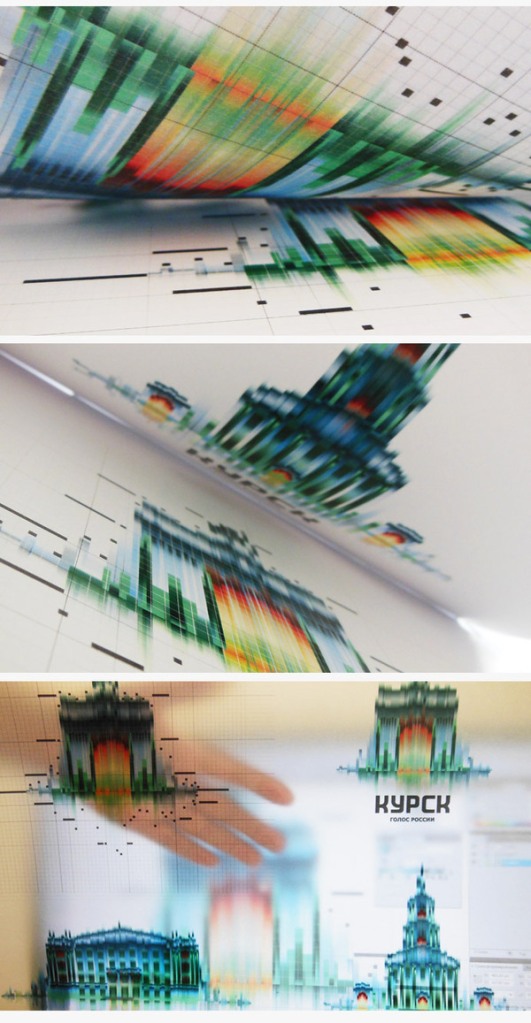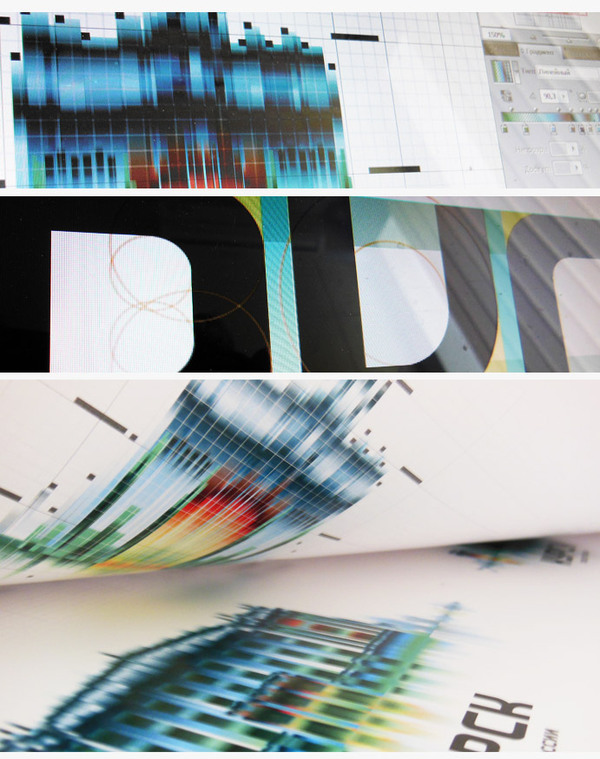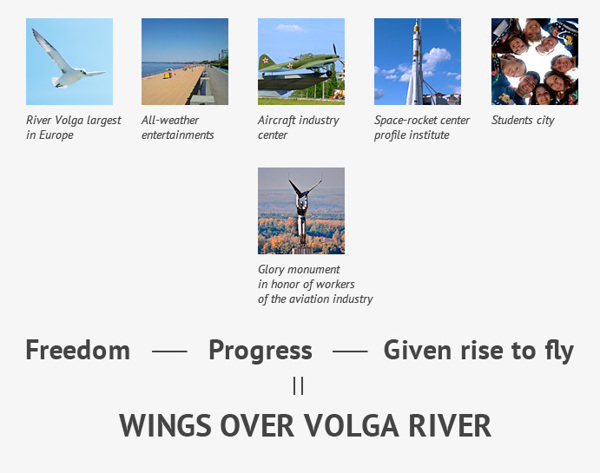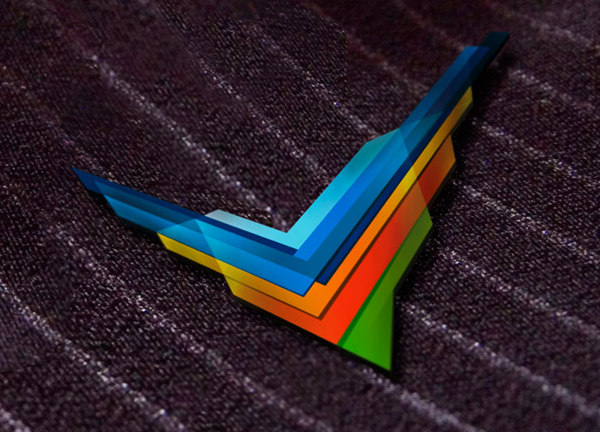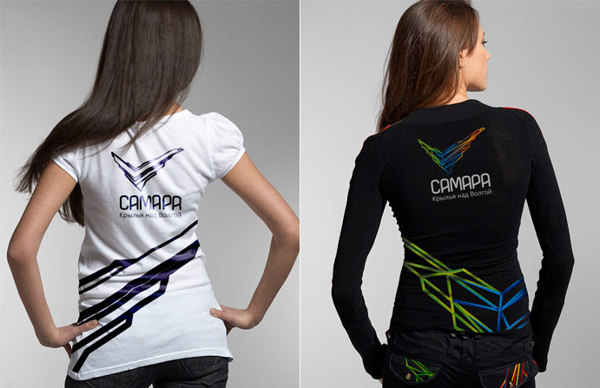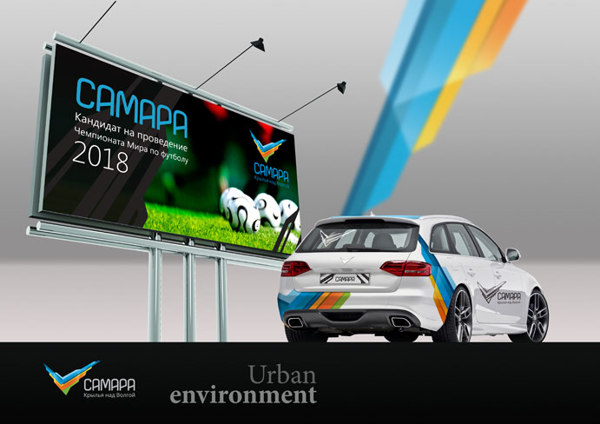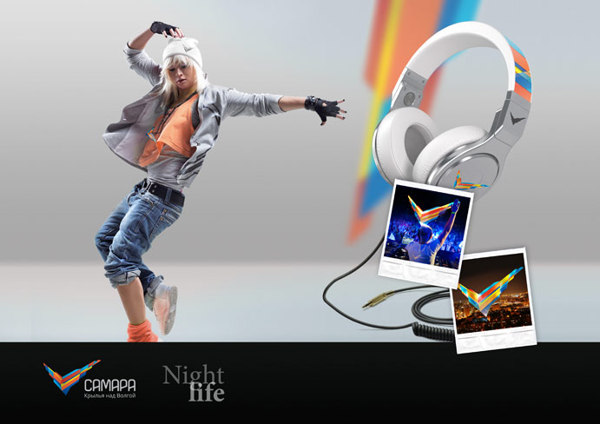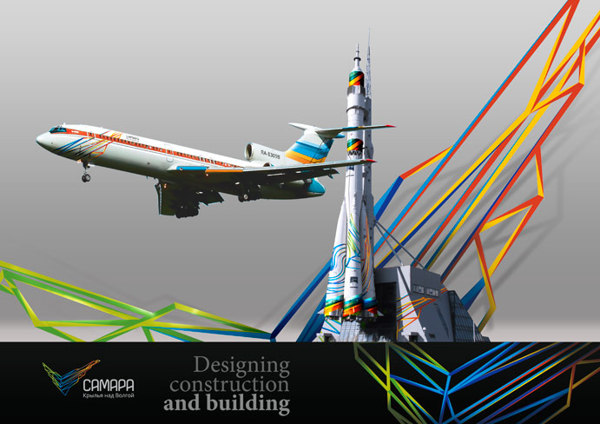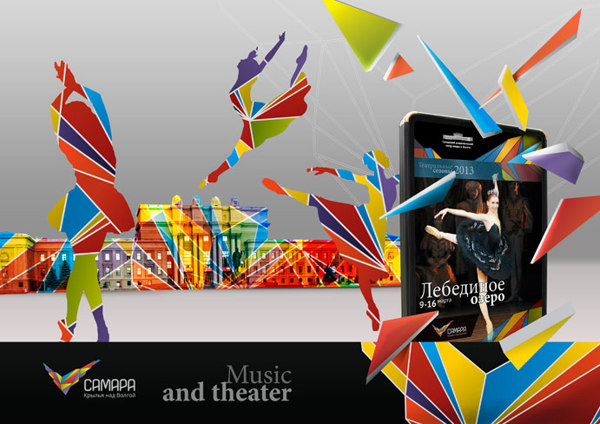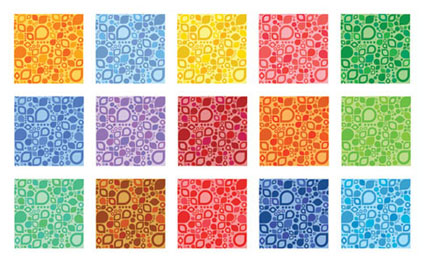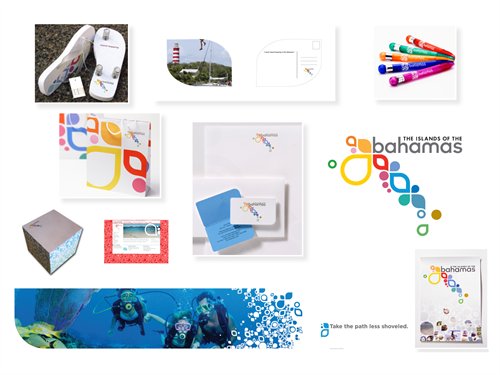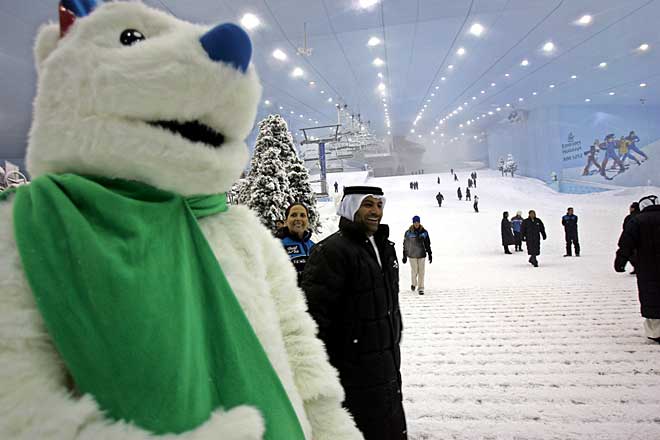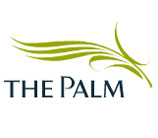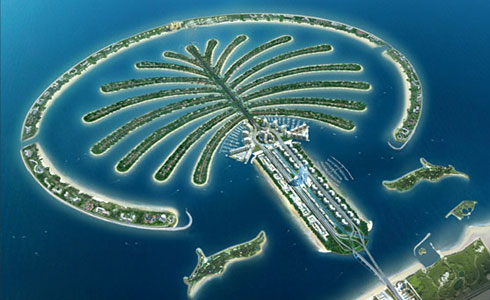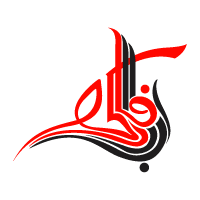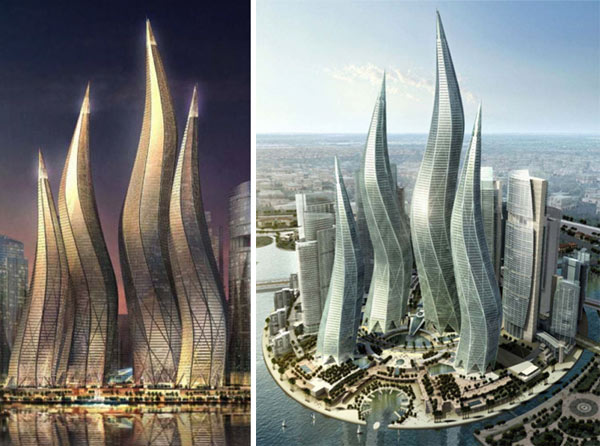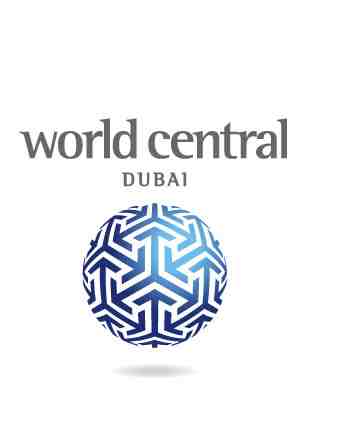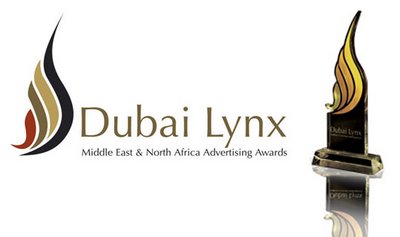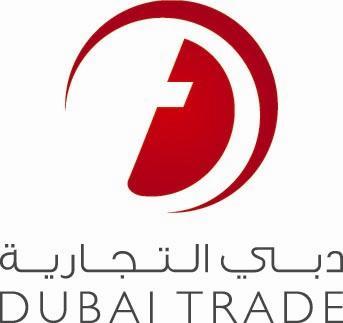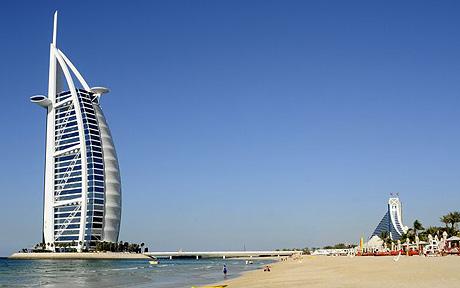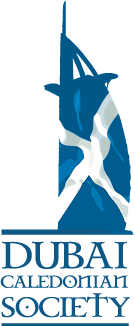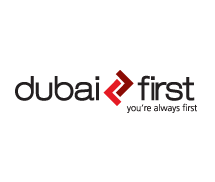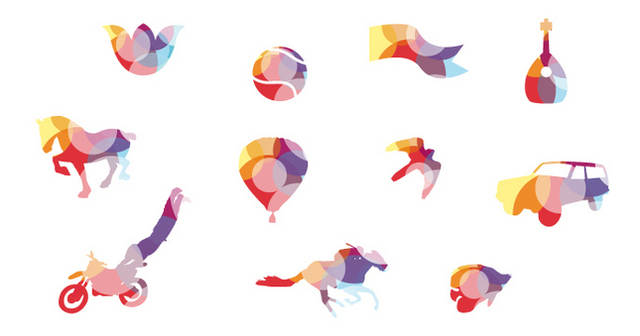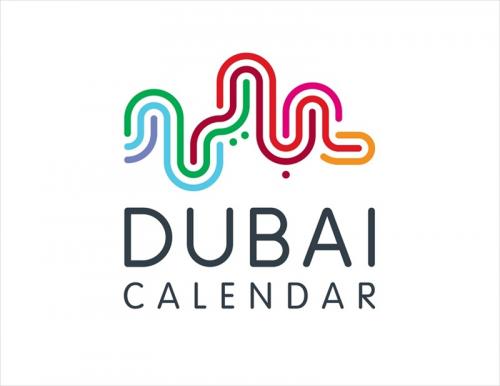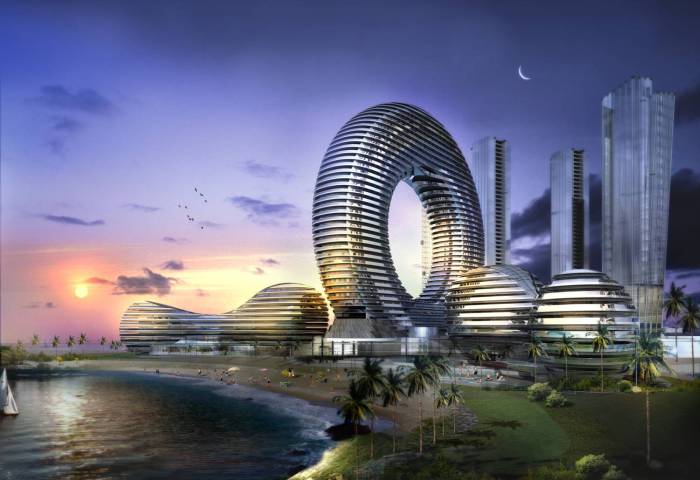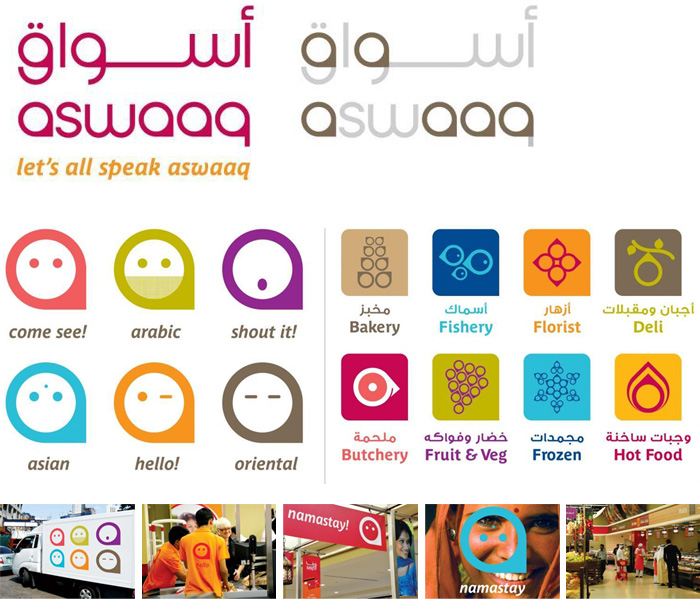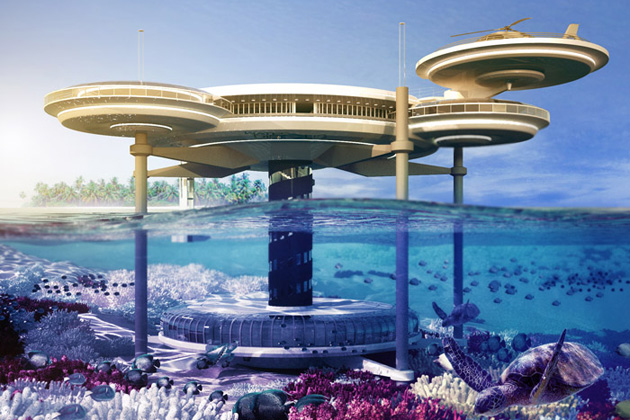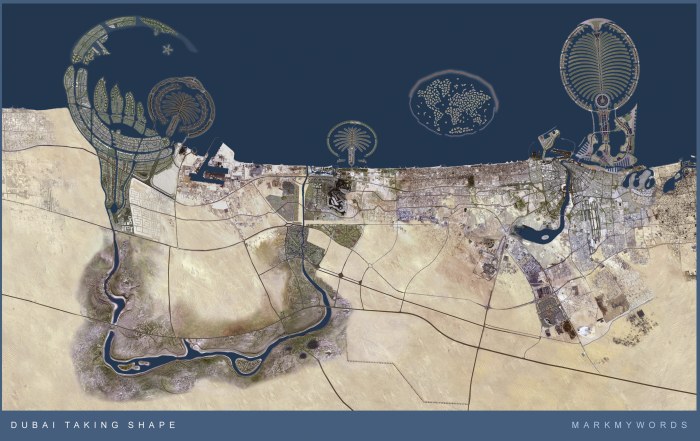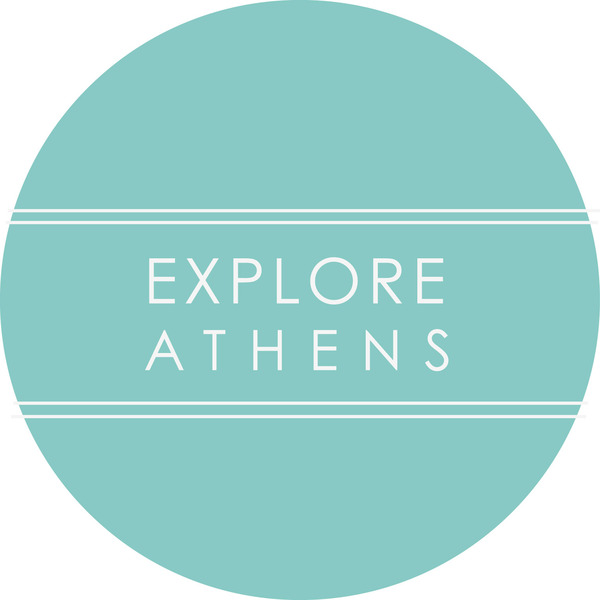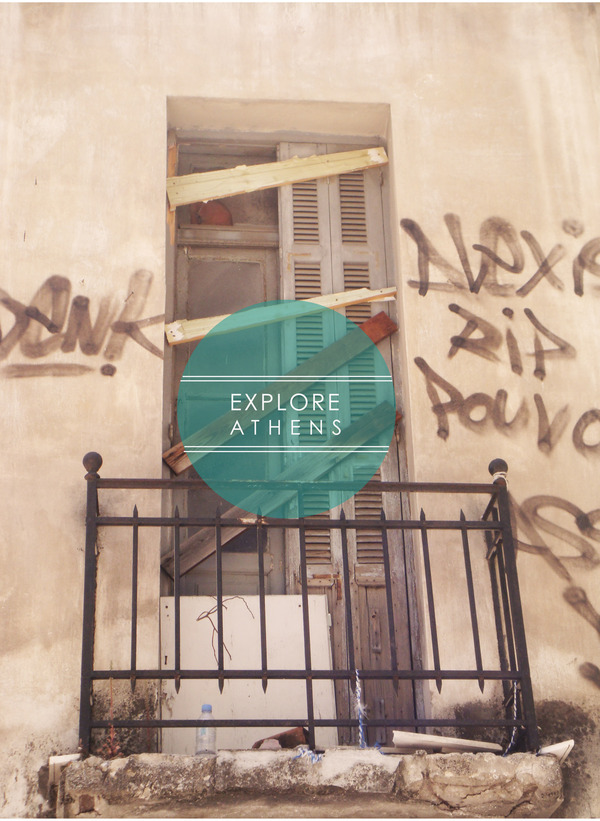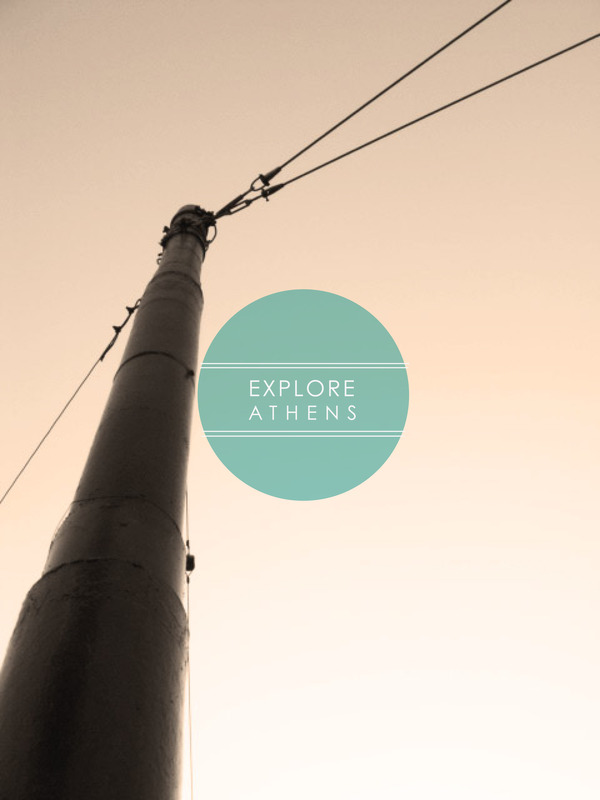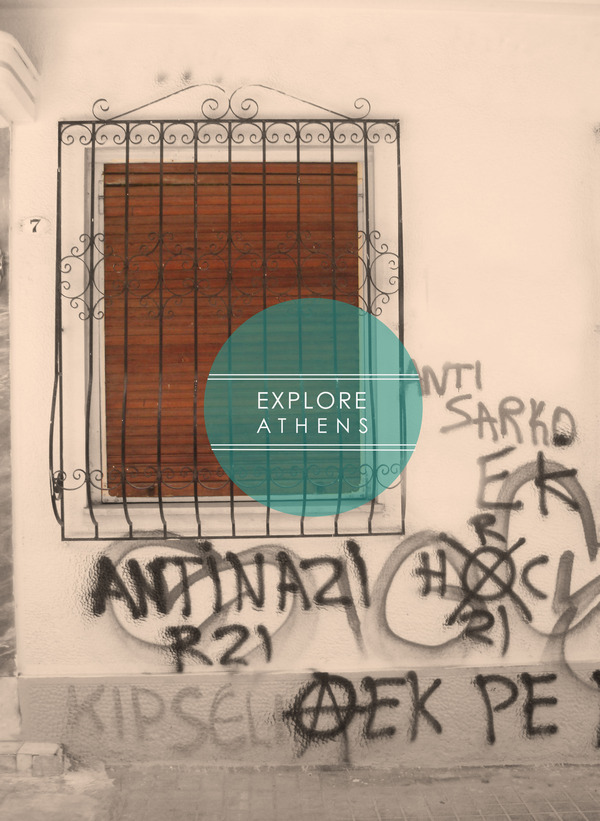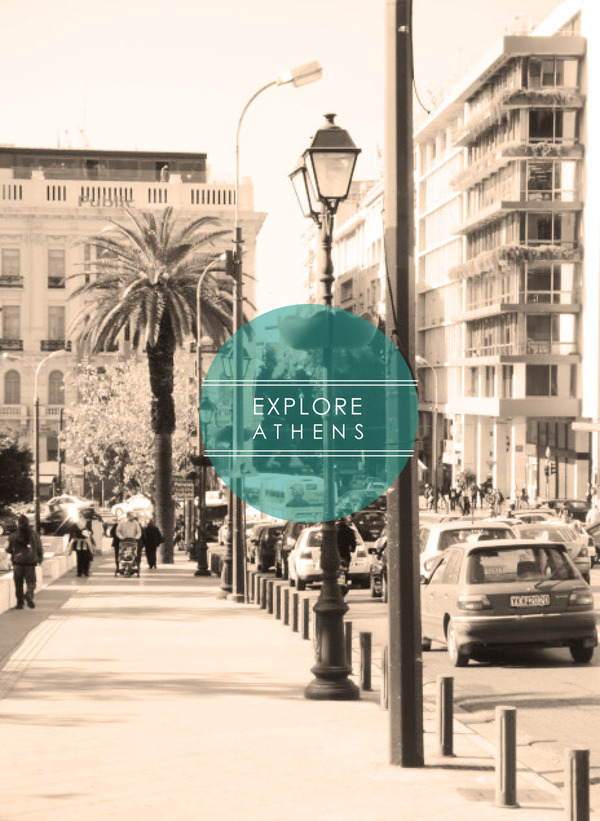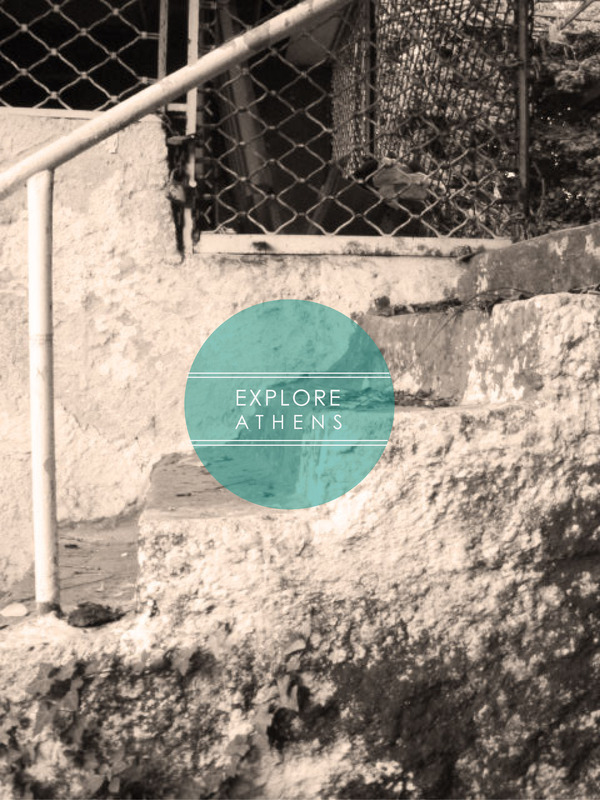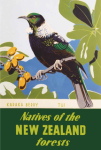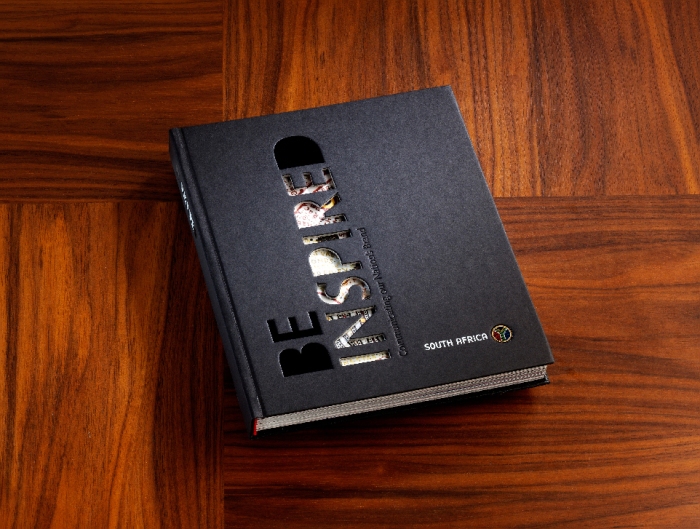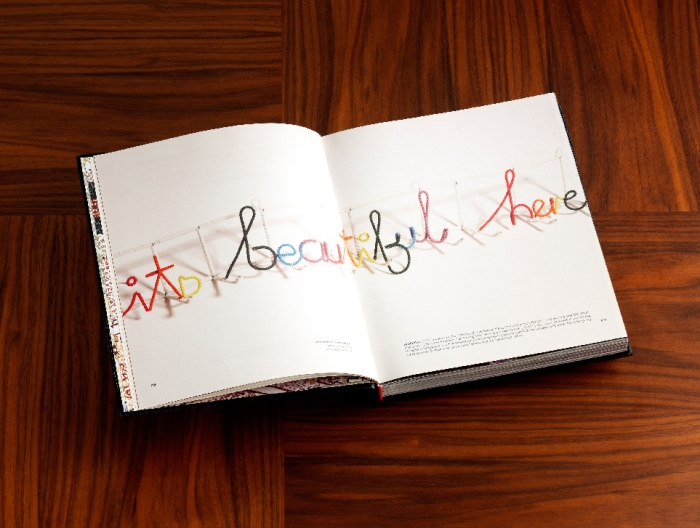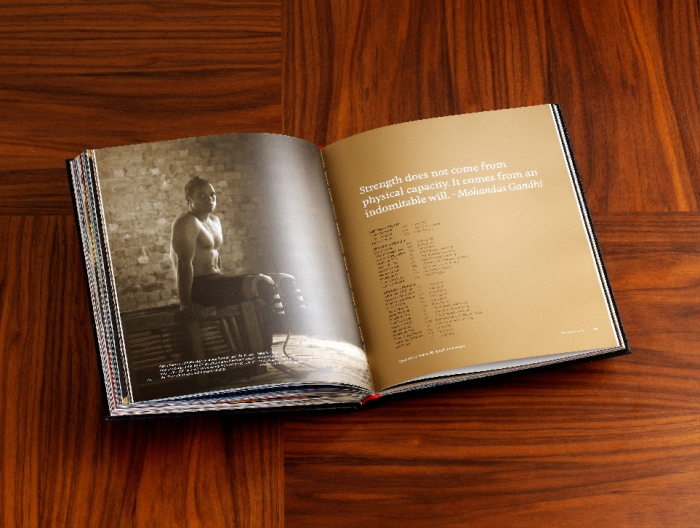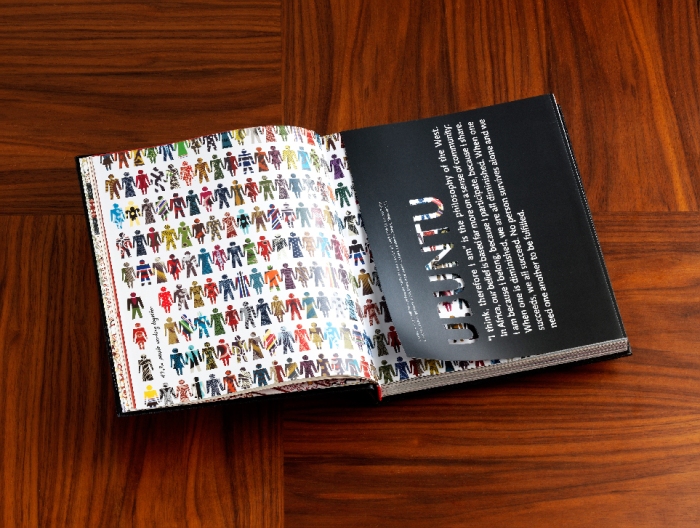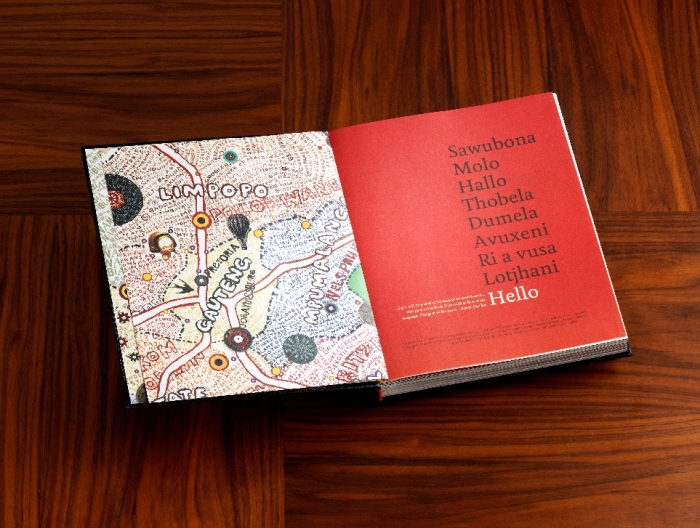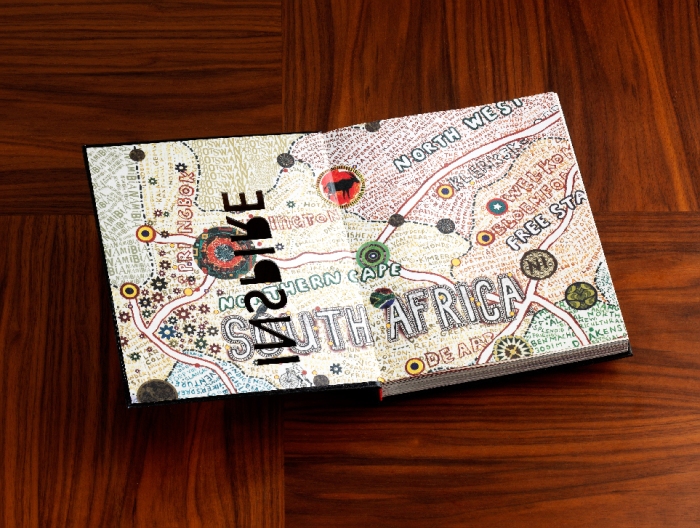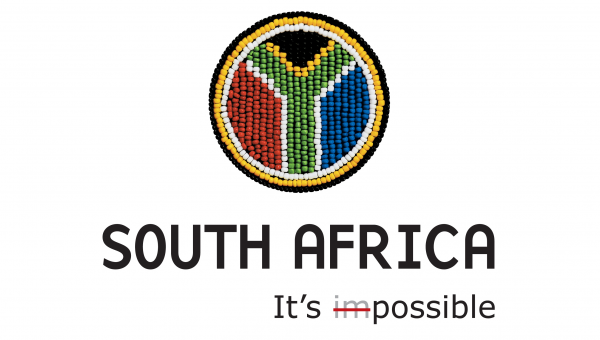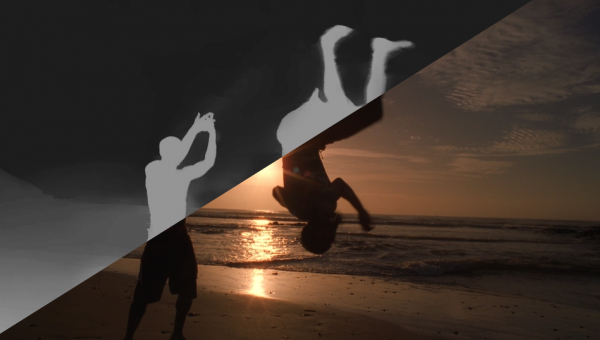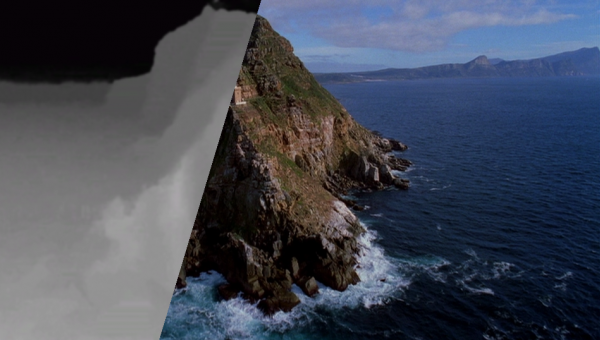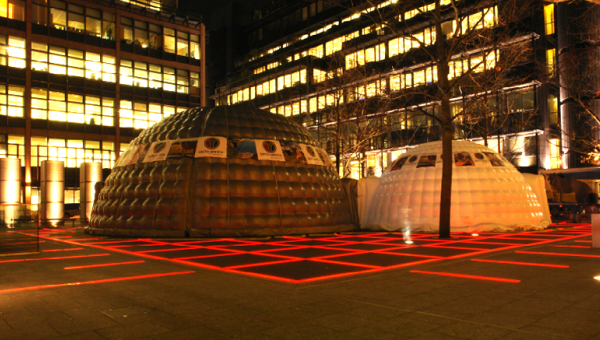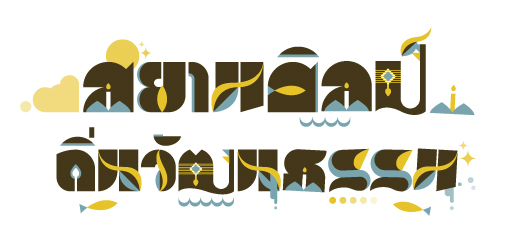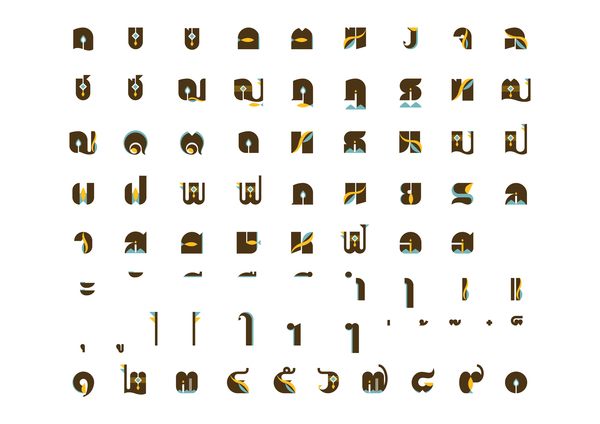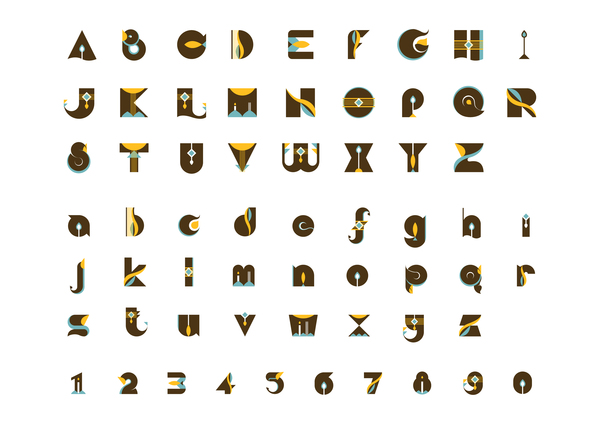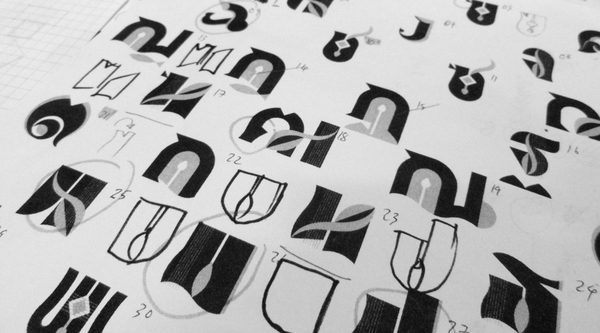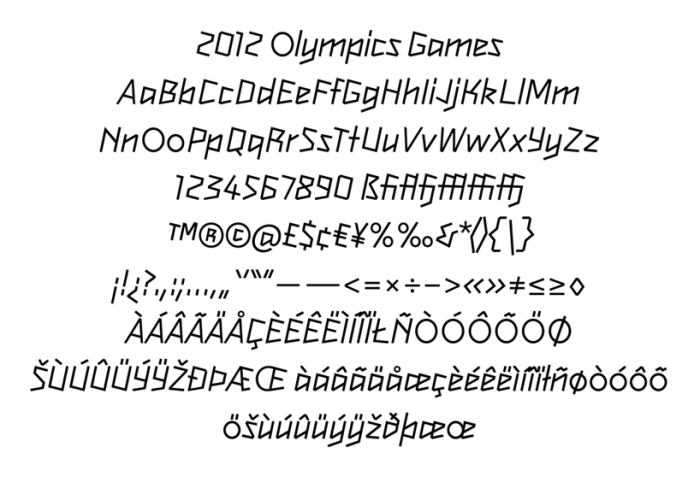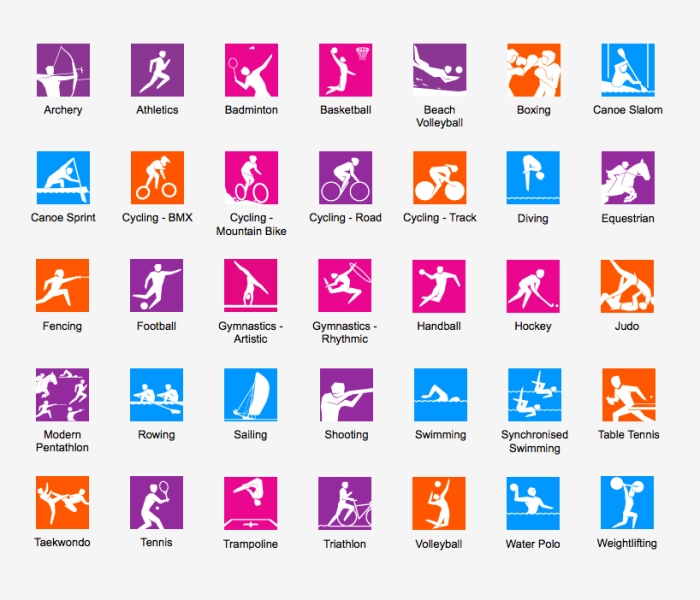This is the first guest post on my blog. Recently, you might have noticed my series on the branding of spaces and places. I thought it fitting to have the perspective of a student of space weigh in here and offer some insights from someone less obsessed with the graphic articulation of complexity and more obsessed with the origins of much of that complexity. I have long been a fan of architecture, but still have much to learn. Thank you to Miss Bozzi over at fashioning architecture for her myriad perspectives and for being a constant source of inspiration. I hope to publish many more of our long evening discussions in the future as I find they keep me grounded and help me to find a balance. Enjoy and thanks again!
When Foster first started this branding series, I was inspired. And then he asked me to write a guest post about branding, specifically branding of cities/countries, from an architectural perspective, and I was honored.
Right off the bat without much research into the topic, I really question if architecture can be branding? Does architecture need to be branded? Why do we need logos and typefaces for cities if the space can brand itself?
But then on the other hand, ‘architectural branding’ has become the new buzzword of the architectural industry in the last decades and rightfully so, since architecture becomes an expression of the newly developed experiential brands. Despite our increasingly virtual world, we still need physical buildings to establish personal relationships with brands and architecture plays a vital role in this equation by not only confining customer experience, but defining it, which is more than any brand can do. I really question the ideology that architectural branding adds significant value. And I am still waiting for a good reason for why architecture itself can’t brand the cities.
Take a look at skylines. I think that you could probably guess which planning committees in the United States use their skyline as a branding form. In some cases the city skyline is a brand. When I look at the silhouette of Seattle, I know right away, “oh hey, that’s the space needle!” And when I see the Washington Monument peering up, I immediately think “oh hey, that is Washington D.C.!” The proof is in the pudding and the postcards.
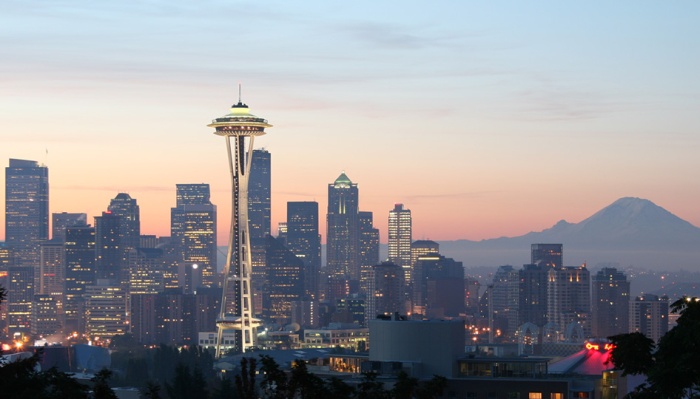
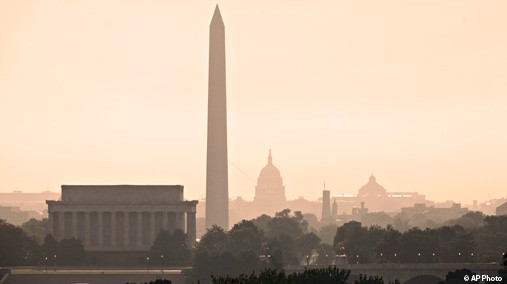
To be more critical, I really have to examine architecture at a human scale, not from the vantage of a hot air balloon. When you look at a downtown skyline, there is no sense of what the city really feels like, what culture is like, or the people who live there. What about cities that do not have a memorable skyline? What goes on their postcard?
I recently became fascinated with how the Guggenheim Museum in Bilbao was constructed as part of a revitalization effort for the city. It turns out that the Bilbao, as it has come to be known, has defined the new cultural position of the city because people come from all over the world to see Frank Gehry’s design. In a way, the museum has transformed the city and made way for gentrification in the surrounding areas. Although the success of this single piece of architecture constructed in a run-down environment is remarkable, I am left wondering what would Bilbao be like if Frank Gehry hadn’t been commissioned.

The Guggenheim Museum was supposed to create a new image of the city in an effort to attract development. Since the city’s decisions did attract this outside development, it is now deemed successful. When people visit the Guggenheim Museum in Bilbao they leave in awe of Frank Gehry’s Decontructivist work, but are they fascinated by the city and the people of Bilbao? In fact, in Chicago, you can experience a piece of Bilbao at Frank Gehry’s Pritzker Pavilion. Ironic. Or you can go to the Walt Disney Concert Hall in Los Angeles and experience Bilbao. In the end, are all these little pieces of Bilbao spread throughout the world, in fact, pieces of the brand of Gehry?
Image links:
Seattle’s Space Needle: http://www.visitingdc.com/picture/seattle-skyline-picture.asp
D.C. : http://blogs.state.gov/index.php/site/entry/young_legislative_fellows_dc
Guggenheim: http://www.guggenheim.org/bilbao
